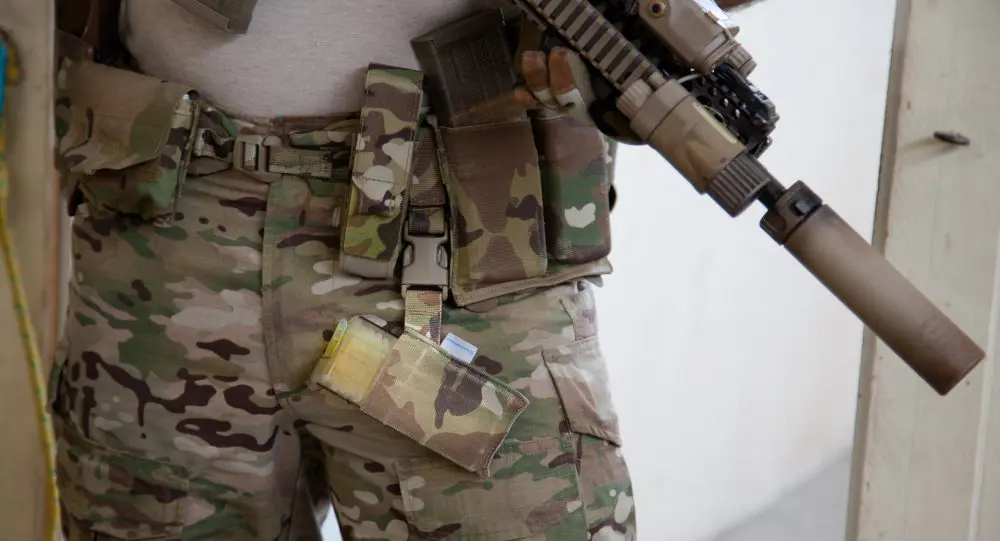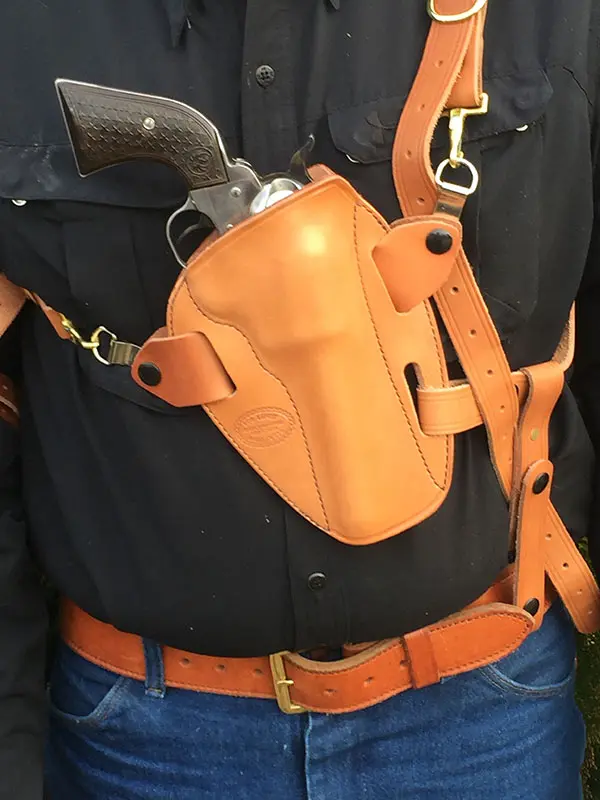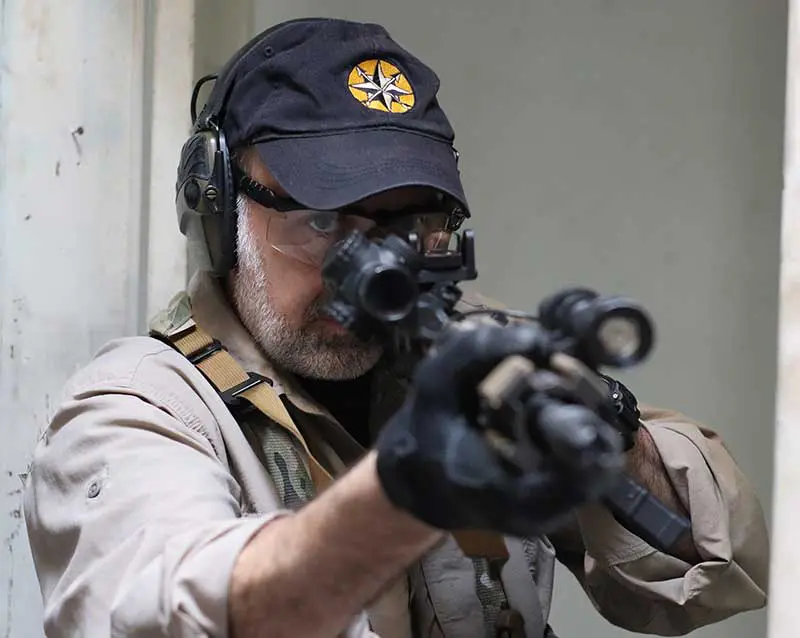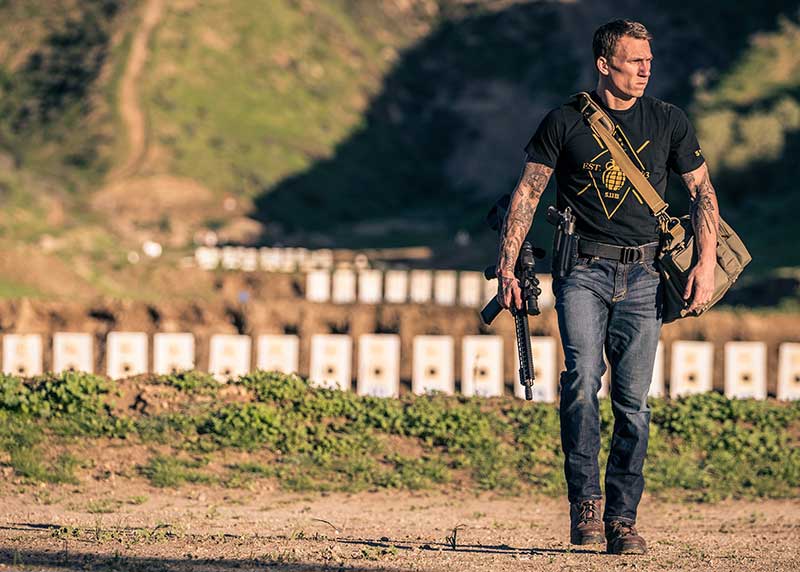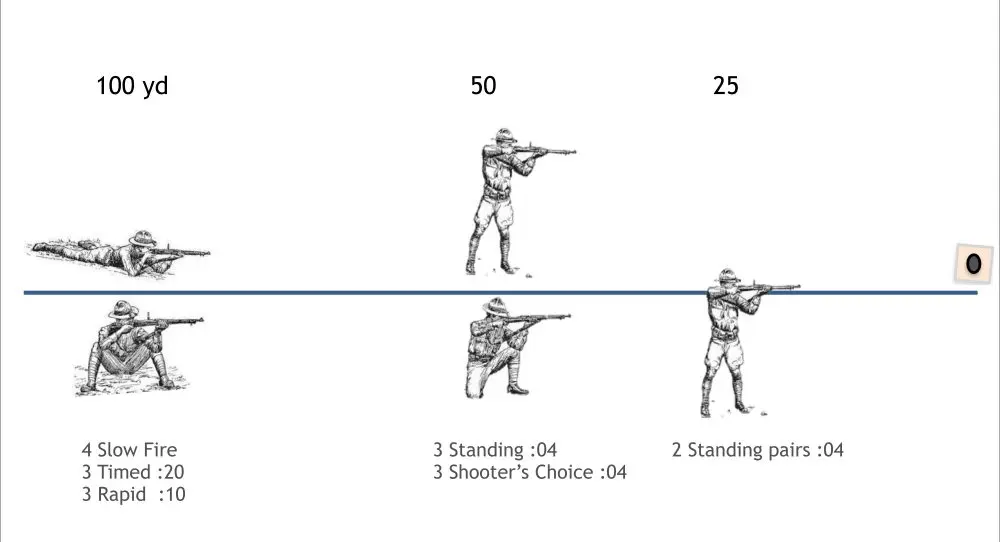Very recently, two Los Angeles Police Officers were struck and subsequently injured in separate gunfights. LA is a violent city; about that there can be no mistake. In one Southend division alone, there were seven separate officer involved shootings (OIS) in a span of just eight weeks, and there are 19 geographical divisions that comprise the whole of LA. Do the math. Here it is just a matter of when, not if. There are other cities that may be just as violent and problematic, but not on the scale of LA. It is a rather ubiquitous distinction to be known as one of the most violent of cities, but there you have it.
Officer survival here has a certain gravity that may not be as pronounced in other jurisdictions. And yet, all this being said, there are those on the force who feel it will never come to them. No one will ever try and go to guns with them, they can talk through any situation that arises, tactics alone will obviate the necessity for deadly force, etc. In short it can’t happen to them—but it can.
In one of the shootings, the officer involved was female. By all accounts she was hard working and solid in every regard. She was a gang officer and definitely mixed it up with them through the years. She and her partner observed a suspect crossing their path at a high rate of speed on foot. Now people in LA generally do not run at a high rate of speed unless connected to some sort of nefarious activity.
Being diligent officers, they gave chase on foot and, as she closed in on the suspect, she reached to control him, whereupon he instantly turned into her and fired. Neither officer was aware of the pistol until the shot. She sustained a gunshot wound that struck her spine, resulting in paralysis from the chest down. Her partner engaged the suspect, resulting in the suspect’s demise on scene.
In the second incident, two officers were behind the suspect’s vehicle in the process of initiating a vehicle stop when the passenger opened up on them with a rifle. The suspect’s fire was sudden, instantaneous and came completely without warning. As the passenger officer reached for the radio mike, one of a series of .308 rounds fired by the suspect ripped through the windshield and violently struck his wrist, resulting in severe injury. His partner returned fire, resulting in the apprehension of the suspect. These are but two of dozens and dozens and dozens of officer involved shootings in 2006 in Los Angeles.
I, along with other men of the Metro division, have trained many of the officers involved in such incidents, and one of the key tenets of our training philosophy is the following.
Statistically, the average officer will never resort to deadly force. Statistically speaking, this is correct, but what if? What if you are the one individual whom this does not apply to? At that point all the statistics in the world pretty much go out the window. At every single divisional training day that we’ve conducted, there have been numerous officers in attendance who have already been involved in such incidents. There are also those officers who didn’t think it would ever come to them. I ask each of these officers who have been in shootings the following: When you woke up that morning, did you think you’d be fighting for your life that day? Without fail, each and every one who has been in an OIS responded, “No.” The problem that we all may fall into is this. For thousands of stops, arrests and contacts in the field, nothing of severe consequence comes to fruition. Every contact stops short of deadly force, and the vast majority of these without any violence whatsoever. However, when it does come, it will be for all the marbles.
I had been on LAPD for 11 years when I was involved in my first OIS. That’s literally thousands of arrests and many more field contacts without ever being placed in that position. I had been in SWAT for years and on many warrant services when that one warrant suddenly turned deadly. I had always anticipated that it could come, that the odds were there, and that there was the distinct possibility it could happen. I just didn’t know when and where or exactly how this would occur. I truly believe that expecting that it could happen and training hard for this potential was the mitigating factor in a successful outcome.
Conveying this philosophy to others seems to be a difficult proposition. It is a lot like pre-flighting an airplane. There are pre-flight checks that can be redundant, time consuming and quite honestly boring. It’s the same thing again and again, and nothing out of the ordinary occurs during those subsequent flights. So you shortcut and maybe speed up the process and you get away with it—for awhile. And then the wings fall off and, as you auger into the deck, you’re cursing yourself for not having been more thorough and less complacent.
The same goes for training for deadly force. When you train, it should be for real and with an intensity that makes it not just qualification or a fun shoot, but rather toward the distinct possibility that this could really occur. Continued training to maintain and improve skills goes hand in hand with this as well. It means approaching all contacts as if they could turn ugly. Now, this does not in any way suggest one’s putting on the “steely eyed gunfighter face” or “shoving your Glock into anyone’s face that gives you a hard time,” as one idiot once wrote. Instead, it entails comporting oneself in a professional manner and conducting training in the same vein.
Remember that it does happen and it can happen to you!
As an addendum, Colonel Jeff Cooper passed away in September of 2006. A short while ago, I wrote an article in S.W.A.T. regarding his contributions to all of us. In retrospect, I’m glad I did it when I did, and hope he knew that we appreciate and value who he was and what he stood for. Goodbye Jeff, from all of us!
[Scott Reitz is a 30-year veteran of the Los Angeles Police Department and the director of the highly acclaimed International Tactical Training Seminars. Course information and schedules are available at their website at www.internationaltactical.com or by email at [email protected].]

